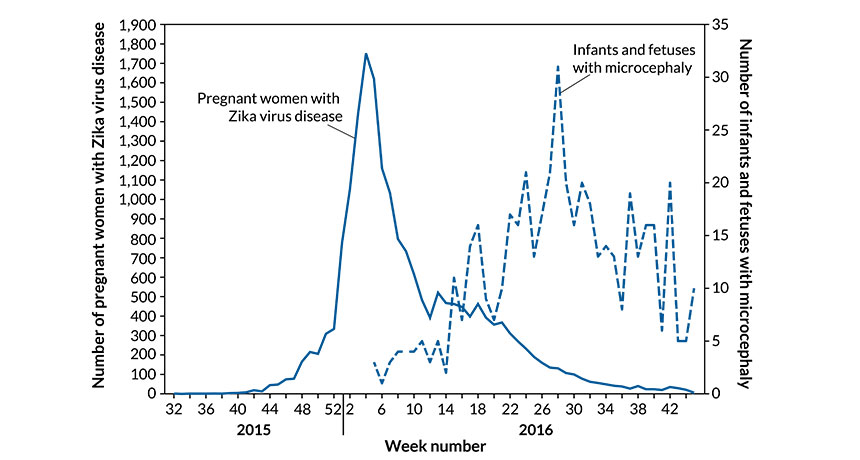Microcephaly cases surge in Colombia following rise in Zika infections

In 2016, Colombia saw a surge in babies with microcephaly — more than four times the number reported in the previous year.
The country documented 476 cases of the debilitating birth defect from January 31 to November 12, researchers note December 9 in Morbidity and Mortality Weekly Report, published by the Centers for Disease Control and Prevention. During the same time period in 2015, the number was just 110 cases.
“This provides very compelling evidence that every country that experiences a large Zika outbreak is likely to see devastating outcomes on fetuses and infants,” says CDC epidemiologist Peggy Honein.
Microcephaly cases in 2016 reached a high point in Colombia in July, about 24 weeks after Zika virus infections peaked there. The time lag suggests that Zika poses the greatest risk to pregnant women in the first and early second trimester, the authors write.
Colombia’s dramatic uptick in microcephaly cases follows one reported in Brazil, which, in 2015, experienced a ninefold increase in cases compared with the previous 14 years. Scientists have concluded that Zika virus was a causal factor.
Some researchers wondered, though, about the extent of Zika’s role in microcephaly in Colombia. Earlier this year, the country’s tally of microcephaly cases seemed smaller than expected, given the reported rise in Zika infections.
The new report suggests that, as in Brazil, Zika virus bears blame for Colombia’s microcephaly epidemic too.